Drawing disgust: illustrating revolting animals
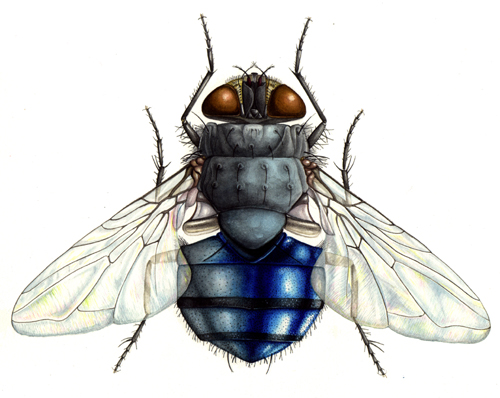
As a scientific illustrator, I sometimes get commissioned to illustrate animals that scare people, or fill them with disgust.
They say the beauty is in the eye of the beholder, and this is certainly true with a variety of natural history illustrations I’ve completed. None of these animals evince a reaction of revulsion in me. I’m interested in exploring why certain creatures do get such a response from so many.
Blue bottle fly
The most universally loathed candidate is probably the blue bottle fly.

These are common insects, and the reason for the feelings of disgust are clear and understandable. Flies flit from food to faeces, from carrion to table; laying eggs and producing maggots as they go. These habits spread disease, so it makes evolutionary sense for humans to be disgusted by flies and maggots.
However, as an illustrator I’d like to point out the glittery azure of the fly abdomen, its suede-like grey thorax, and mahogony eyes. Truly, a beautiful insect.
Cockroaches
Cockroaches have similar habits and thus elicit a similar reaction of disgust. However they are incredibly elegant, with their long antennae and golden brown colouring.
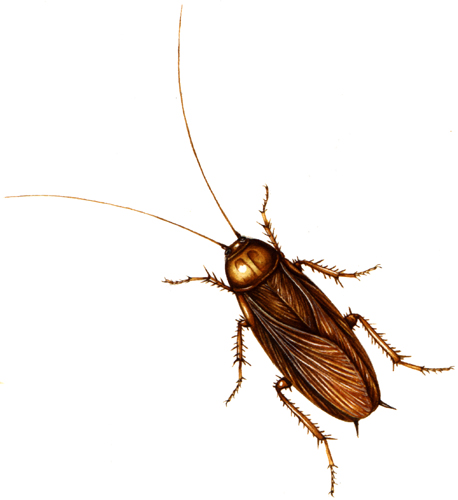
Rat
Another animal which has an equally unpopular status also shares these dirty habits; the rat. This was the only mammal I could think of which revolted people and caused disgust.
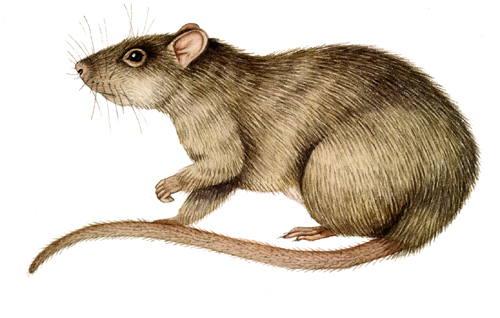
I have no doubt its penchant for sharing our homes and the sewers is the reason. Welcoming these animals into our homes may welcome a disease vector. Evolutionarily it makes sense to feel repelled by them, and to avoid contact.
(Interestingly, when I submitted the rough of this illustration for the Bumper Book of Nature by Stephen Moss, I was asked to make the rat look “less sweet and more unpleasant” which I duly tried to do.)
Illness
Another cue for disgust is when animals are ill. Many feel squeamish when confronted with a rabbit in the later stages of myxomatosis, or if they see the papillomas that can cover the faces of sea turtles.
I’m not certain why this should be, unless avoiding illness confers an advantage. It doesn’t extend to human beings though. One assumes avoiding an ill person would be more useful than avoiding an ill rabbit? Perhaps we would avoid other sick humans if it weren’t for compassion, or if they weren’t relations?
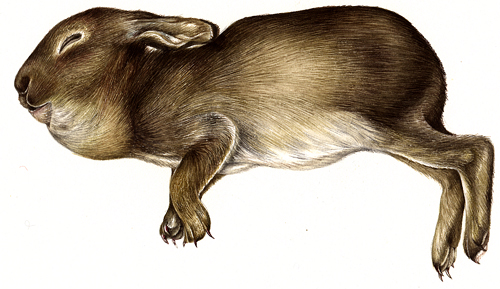
Here is a painting of a dead baby rabbit I found outside a rabbit hole. It clearly has an enormous neck tumour, and is very young indeed.
Cold and slimy animals
One more group of animals seem to cause a disgust in lots of people; cold and slimy ones.
Cold and Slimy animals: A worm and a snail
Even young children are taught to shout “gross!” at the feel of a snail or slug on their hands. All I can think is that the sensation of cold slime is in some way remeniscent of rotting foodstuffs which are best avoided.
Ideas on reasons for this disgust response are welcome.
I am at a loss for a reason; most animals which fall into this category are not threatening to human beings. They lead lives which should cue no reaction at all, besides interest. Below are two such animals, the earthworm and the garden snail.

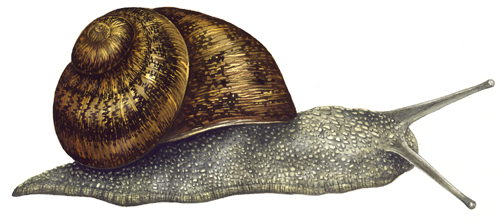
Cold and slimy animals: Leech and Toad
Surprisingly, animals which can do serious harm to people tend not to fall into the category of being thought disgusting.
Mosquitoes, scorpions, wasps, snakes, and large predators such as lions or crocodiles may scare people; but they rarely cause revulsion.
However, a couple of animals which can hurt humans (be it in a limited capacity) also fall into the “cold and slimy” category and thus elicit a loathing from many. The leech and the cane toad are examples.
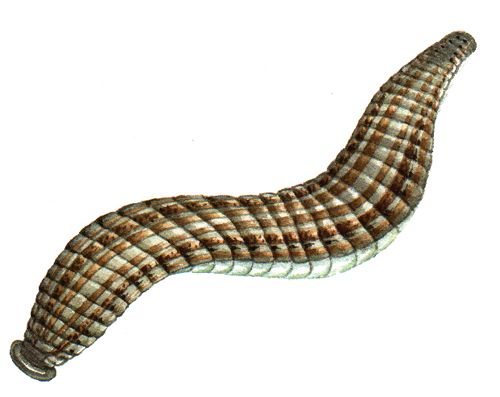

Overcome your disgust!
All of the animals I’ve included in this blog are ones which will cause a shudder in many; yet all are, in my opinion, incredibly beautiful. The markings, details, and shapes of these creatures are as glorious to me as the feathers of a peacock (see my blog) or the markings of a butterfly.
The innate and taught reactions to animals are something to be considered before we join in communal disgust. Even if there is a reason for caution, this doesn’t undermine the intrinsic beauty of each and every animal.
Many thanks to Adele Nozedar for her suggestion of this blog topic.

